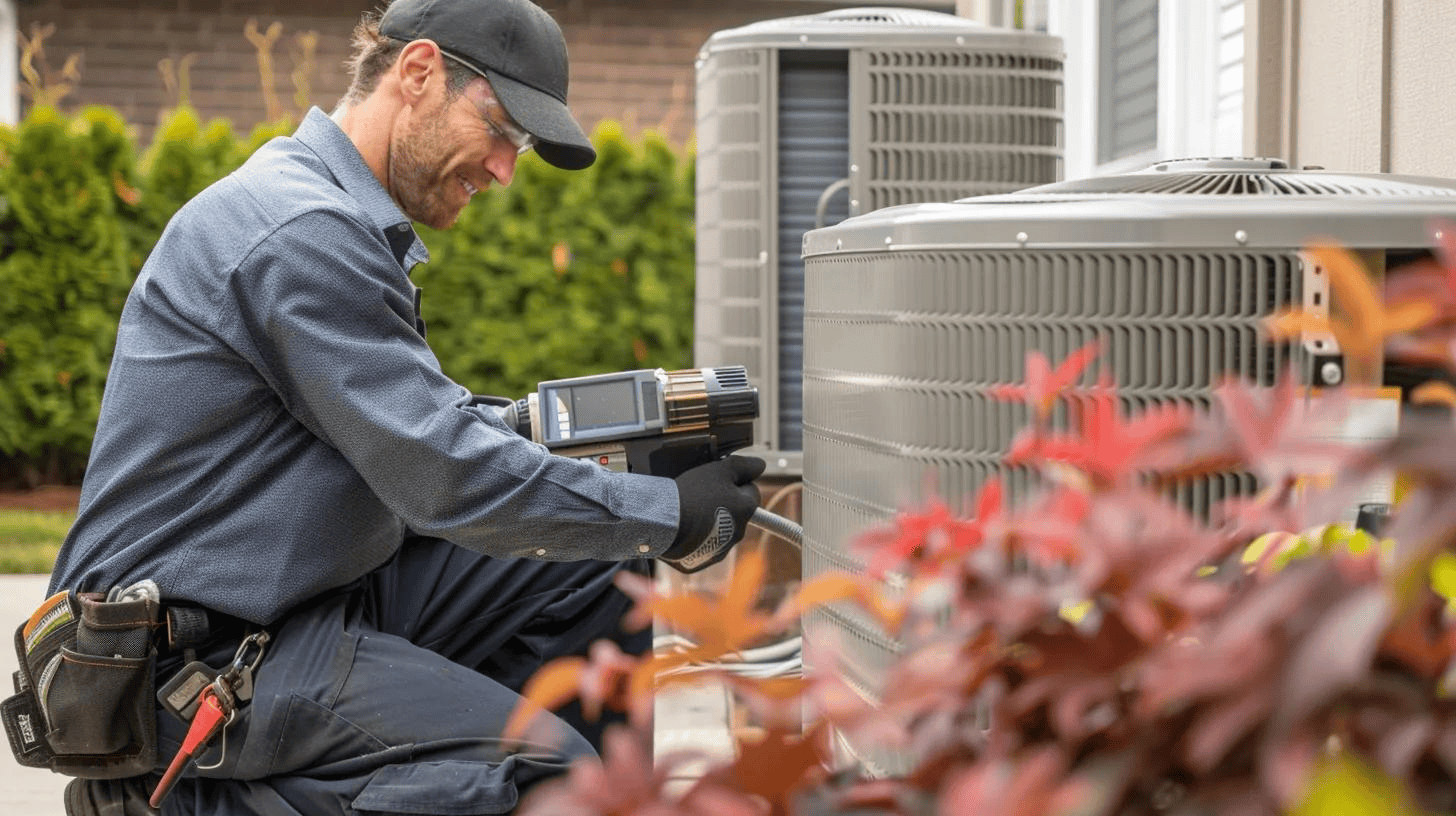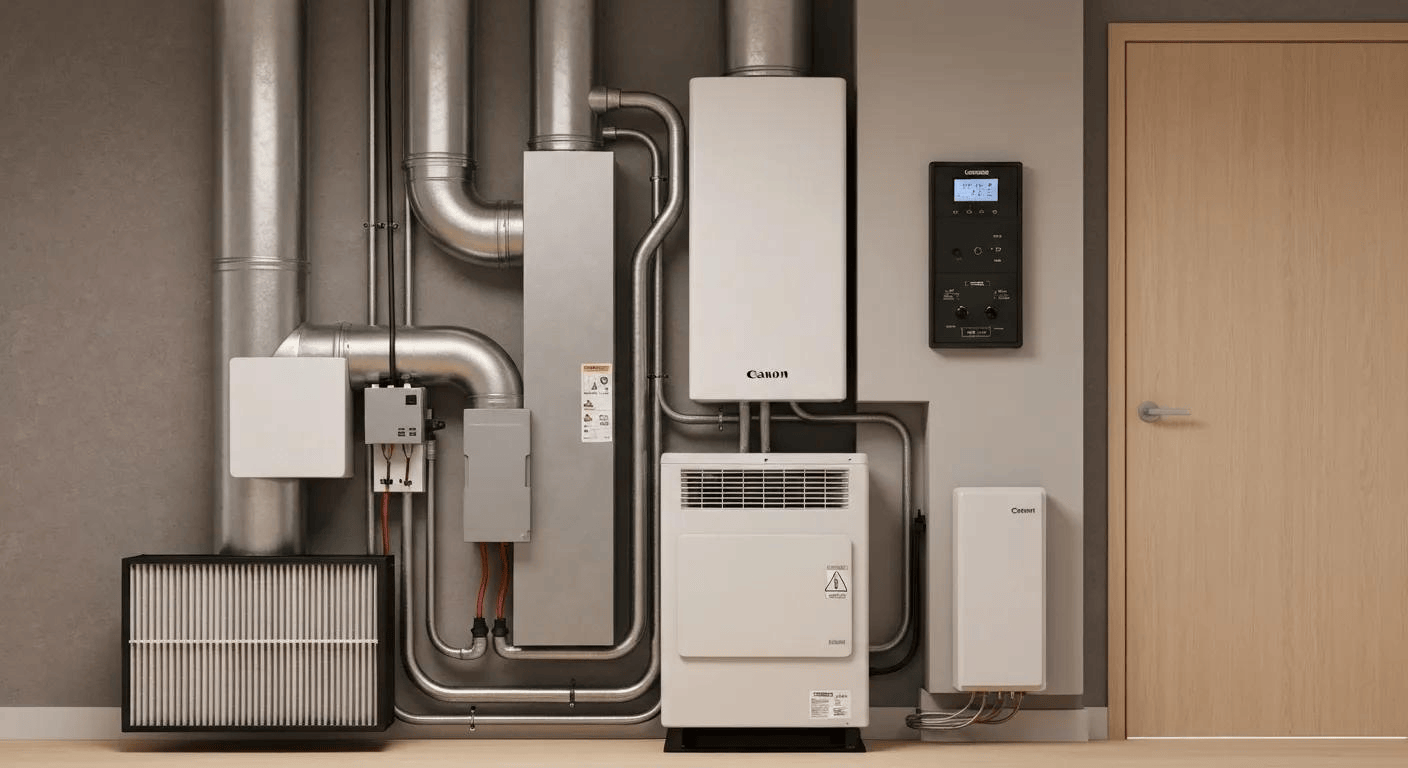Historical Furnace Facts for the Fanatical Furnace Fan
For anyone who appreciates the comforting warmth of a modern home, delving into the history of how we achieved that comfort is a fascinating journey. From ancient campfires to today's complex forced-air systems, the evolution of the furnace and home heating reflects centuries of human ingenuity driven by the fundamental need to stay warm. If you consider yourself a fanatical furnace fan, prepare to uncover some intriguing facts about this essential technology.
Long before anything resembling a modern furnace existed, humans relied on the simplest and most direct form of heat: fire. Early dwellings featured open hearths, providing warmth but also challenges like smoke and uneven heating. This basic concept evolved, but the quest for more efficient and comfortable heating was constant.
Ancient Innovations: Beyond the Open Fire
While open fires remained common for millennia, some ancient civilizations developed more sophisticated methods. The Romans, for instance, were pioneers of central heating with their hypocaust system. This involved raising the floor of a building on pillars (pilae) and running hot air, often from a furnace located outside the main building, through the space beneath. This radiant heat warmed the stone or tile floor, creating a more evenly heated environment than a simple fireplace could offer, especially in their famous bathhouses.
In ancient Korea, a similar system called Ondol evolved, using horizontal flues under the floor to channel heat and smoke from a kitchen or external fireplace. This radiant floor heating method is still seen in traditional Korean homes today. These early systems demonstrated the potential for channeling heat source remotely to warm living spaces, a core concept behind modern central heating.
Medieval Progress: Fireplaces and Chimneys
During the Middle Ages in Europe, the fireplace became a central feature of homes, often growing quite large. A critical development was the widespread adoption and improvement of chimneys. Chimneys were essential for venting smoke outside, making indoor air much more breathable and improving fire safety. Early chimneys were often made of wood and daub, later transitioning to stone and brick, becoming a prominent architectural element.
While fireplaces provided a focal point and radiated heat directly, they were notoriously inefficient, with much of the warmth escaping up the chimney. Masonry stoves, particularly popular in colder northern climates, offered a more efficient alternative by absorbing heat from the fire into a large thermal mass (like brick or tile) and then slowly radiating it into the room over time, even after the fire died down.
The Age of Invention: 18th and 19th Centuries
The Enlightenment and the Industrial Revolution brought significant leaps in heating technology. Benjamin Franklin, ever the inventor, designed the Franklin stove in 1742. This cast-iron stove stood away from the wall and included a baffled air passage, allowing it to radiate more heat into the room while using less fuel than a traditional fireplace. It was a crucial step towards more efficient heating appliances.
The 19th century saw the real beginnings of modern central heating. Steam heating, pioneered by individuals like James Watt (famous for his work on the steam engine), began to appear in larger buildings. Steam generated in a central boiler would travel through pipes to radiators in various rooms, releasing heat as it condensed back into water.
Around the same time, warm-air furnaces started to gain traction. William Strutt is credited with building one of the earliest forced-air heating systems in England in the late 18th century, used in his Derby Infirmary building. These early systems involved a furnace heating air in a chamber, which then rose through ducts to heat rooms above. Gravity often drove the air flow initially, as fans hadn't been integrated yet.
The discovery and increasing availability of natural gas as a fuel source in the mid-19th century, following Edwin Drake's well in Pennsylvania, opened up new possibilities for home heating. Gas furnaces offered cleaner and more convenient operation compared to coal or wood. Electric heaters also emerged with the spread of electricity, though they were initially less common for whole-home heating due to cost.
Another key invention of this era was the thermostat. Warren Johnson patented the first electric thermostat in 1883, primarily for regulating temperature in buildings like schools. This invention was foundational for automating temperature control in heating (and later, cooling) systems.
The 20th Century: Central Heating Becomes Commonplace
The 20th century witnessed the widespread adoption of central heating in homes. While earlier systems existed, they were often complex or limited. Alice Parker patented a system in 1919 that used gas to heat air in a furnace, which was then distributed through ducts – a significant precursor to modern Furnace Installation. Although her specific design wasn't widely adopted commercially, her patent is often cited as an early example of forced-air central heating using zones.
The integration of fans (blowers) into furnace systems revolutionized warm-air heating. Forced-air systems could push heated air through ducts more effectively and efficiently than gravity systems, allowing for better temperature distribution throughout the entire house. This paved the way for the ductwork systems familiar in many homes today.
The mid-20th century saw improvements in furnace design, fuel efficiency, and safety features. The shift from coal and oil to natural gas and electricity continued in many areas, driven by convenience and cleaner burning. Furnace Service and Furnace Maintenance practices began to formalize as these systems became more common and complex.
Modern Marvels
Today's furnaces are incredibly advanced compared to their historical counterparts. High-efficiency condensing furnaces extract more heat from the fuel, achieving efficiency ratings well over 90%. Innovations like multi-stage burners and variable-speed blowers allow for more precise temperature control and energy savings. Integrated HVAC systems combine Heating and Air Conditioning into a single unit or system, often controlled by sophisticated Smart Thermostats.
Materials have also evolved, from cast iron and steel heat exchangers to more durable and corrosion-resistant alloys in modern units. Safety controls have become vastly more sophisticated, with electronic ignition and monitoring systems replacing older pilot lights and mechanical controls. Furnace Repair today often involves diagnosing electronic components as much as mechanical ones.
Fascinating Furnace Facts
- The word "furnace" comes from the Latin word "fornax," meaning oven.
- Early coal furnaces were often massive structures located in the basement. Warm air would rise naturally through large ducts.
- Before reliable thermostats, controlling temperature meant manually adjusting dampers or adding fuel to the fire – a constant task!
- Radiators, common in steam and hot water systems, were first developed in Russia by Franz San Galli in the mid-1850s.
- The concept of using a central heat source to warm multiple rooms was known for centuries, but making it practical, safe, and affordable for average homes took until the 20th century.
From a simple flame to highly complex, energy-efficient systems controlled by smart technology, the history of the furnace is a testament to the persistent human drive for comfort and innovation. Understanding this evolution provides a deeper appreciation for the warmth and coziness we often take for granted in our modern homes.








